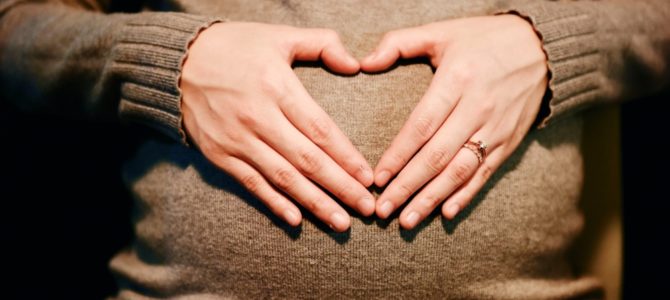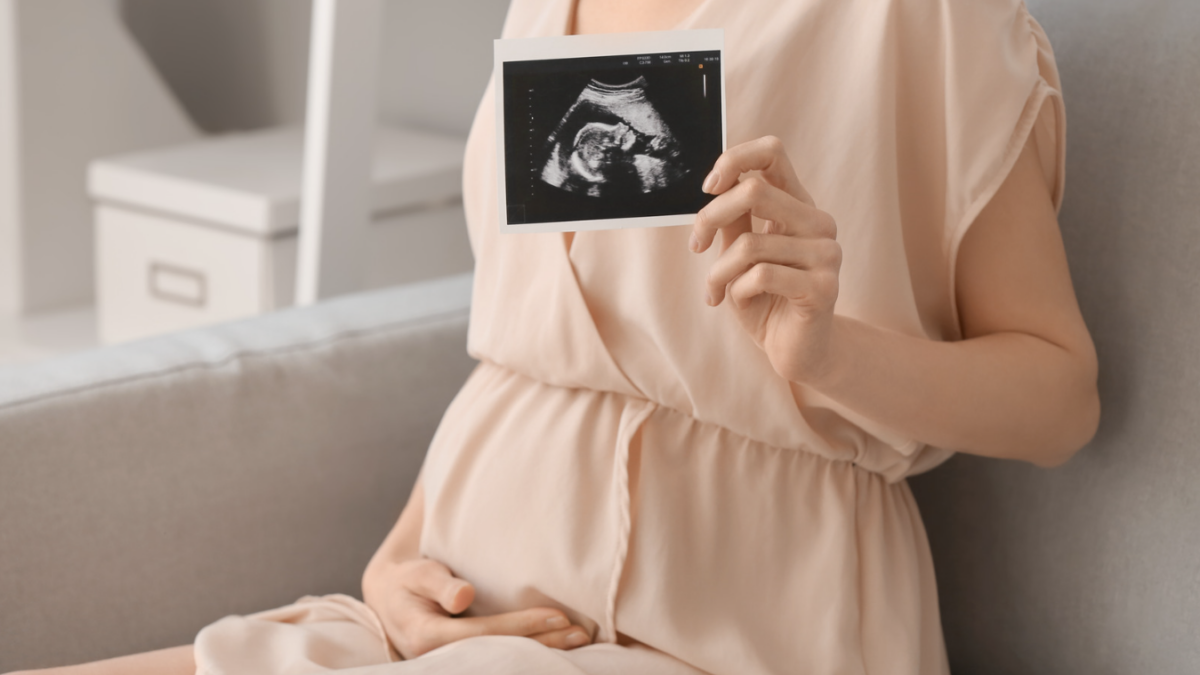
In January 2019, New York passed the Reproductive Health Act. It was hailed as a watershed moment for women’s rights in the state. The NYRHA was meant to “codify Roe,” meaning to bring state laws into accord with the Supreme Court decision Roe v. Wade.
We’ve heard a lot from Democratic candidates regarding their wish to “codify Roe” on a federal level. Many voters believe codifying Roe would just assure reasonable protections for women facing problematic pregnancies, not realizing Roe is part of two decisions handed down by the Supreme Court.
On the same day Roe was decided, Doe v. Bolton was also handed down, with the court clarifying these were “companion cases.” Companion cases are meant to be read together when determining how a court decision should be interpreted. In large part, codifying Roe means codifying Doe as well.
Roe determines how states are permitted to limit abortion, based on the trimester of pregnancy. In the third trimester, a state is permitted to outlaw all abortions except when the health of the mother is involved. This is where Doe comes in. Doe defines what constitutes health.
In Doe, the Supreme Court clarifies health as anything “physical, emotional, psychological, familial, [or related to] the woman’s age, relevant to the wellbeing of the patient.” Pro-abortion advocates don’t want you to focus on Doe, because then you’d understand what pro-life advocates mean when they reference “abortion until birth.”
Doe classifies “health issues” as situations such as a financial crisis, or single-motherhood. So, essentially, this means anything involving a pregnant woman that may cause a rift in her life.
Codifying Roe means women will have access to abortion if a doctor determines their health is threatened by their financial situation (97 percent of all abortions are currently performed due to the financial status of the woman involved) or their age, regardless of any physically life-threatening situation. It also means with the current push to characterize pregnancy in general as life-threatening to women, pregnancy itself will eventually be considered sufficient reason to gain access to abortion throughout all three trimesters.
Within the space of a year after New York enacted the Reproductive Health Act, some local pro-life advocates began noticing women successfully accessing abortions post-viability, meaning after the point the baby’s life could be saved in a NICU. I wrote about one such instance I was personally involved in, here. If Roe is indeed codified, to suppose expanded access won’t happen everywhere is foolish.
During the Democrat presidential primaries, Kamala Harris, who is now Democrats’ vice presidential candidate, elaborated on a frightening vision for a country where Roe is the law of the land. Her plan involves creating a “Reproductive Rights Act,” which would require states that have previously been seen as hostile to abortion access to have Department of Justice approval for any laws restricting abortion.
Modeled after the Voting Rights Act, Harris’s proposal positions abortion as a civil rights issue. Yet while the Voting Rights Act was created to allow the federal government to enforce provisions detailed in the 15th amendment, there is no right to an abortion in the U.S. Constitution.
Even the Roe decision indicates its legitimacy rests on the idea that the fetus isn’t a person — indeed, if we ever established it is, Roe would be finished. Because there are no provisions allowing women to end the lives of their children, using the Department of Justice to police state laws would be a serious overreach.
In New York, unrestricted abortion until babies are 24 weeks along is accessible in many clinics. If Roe were codified at the federal level, the same would be permitted in all states — including those which currently consider themselves pro-life.
To pass any law related to abortion care, pro-life states would have to ask permission from the federal government, even if the legislation was written solely to assure women were protected from unsafe conditions. We’ve seen how this turns out in many states, with clinics able to avoid inspections to the point women have died due to unsanitary conditions and the unlicensed workers involved.
Beyond 24 weeks of an unborn child’s age, abortion is more difficult to procure in New York, but it’s still legal and as long as a woman can find a willing doctor, she’s going to be able to terminate her pregnancy. As time goes by, more clinics may also be willing to venture into the third trimester because, in addition to “codifying” Roe, New York eliminated abortion from its criminal code — meaning there are no repercussions even if it’s proven a physician provides an abortion to a woman who wasn’t facing a life-threatening ailment. In the space of fewer than two years, we’ve started seeing some women seeking care in hospitals willing to terminate later-gestation pregnancies for non-emergent health reasons.
Codifying Roe will expand this type of access to every state, and end any abortion-limiting laws for at least the next decade. While states battle out the constitutionality of restrictions to their laws, abortion advocacy groups and abortion clinics will be able to bypass our votes, supported by an administration whose pen and phone will create a constitutional right to abortion that isn’t in the Constitution and hasn’t gone through our established amendment process.
Many pro-life individuals believe they must gather any life-affecting issues under the pro-life umbrella, rightly understanding to truly be a life-affirming person, we must meet those in need beyond the clinic walls. Unlike past elections, however, we potentially face a major shift in expanding abortion access. Never before has a candidate openly stated he or she will essentially bypass the constitutional amendment process to grant one group of people (women) the right to harm another group of people (the unborn) and use the Department of Justice to ensure no one stands in the way.
Groups like Planned Parenthood and NARAL already have the mechanisms in place to begin opening clinics in states that have been made virtually abortion-free due to the hard work of pro-life voters and advocates. With leftist politicians guiding the Department of Justice decision-making process regarding abortion laws, we are looking at a confluence of political influence that will have the power to reverse virtually all pro-life gains of the last 40 years with the stroke of a pen.
Every election we are told we’re in crisis mode, with each candidate telling us they’re the answer to all of our problems. This year is different. We are at a crossroads, and our choices in both state and federal elections will decide whether Roe and all of its implications will become the law of the land.
Make your choice wisely. Millions of lives may depend on you.









